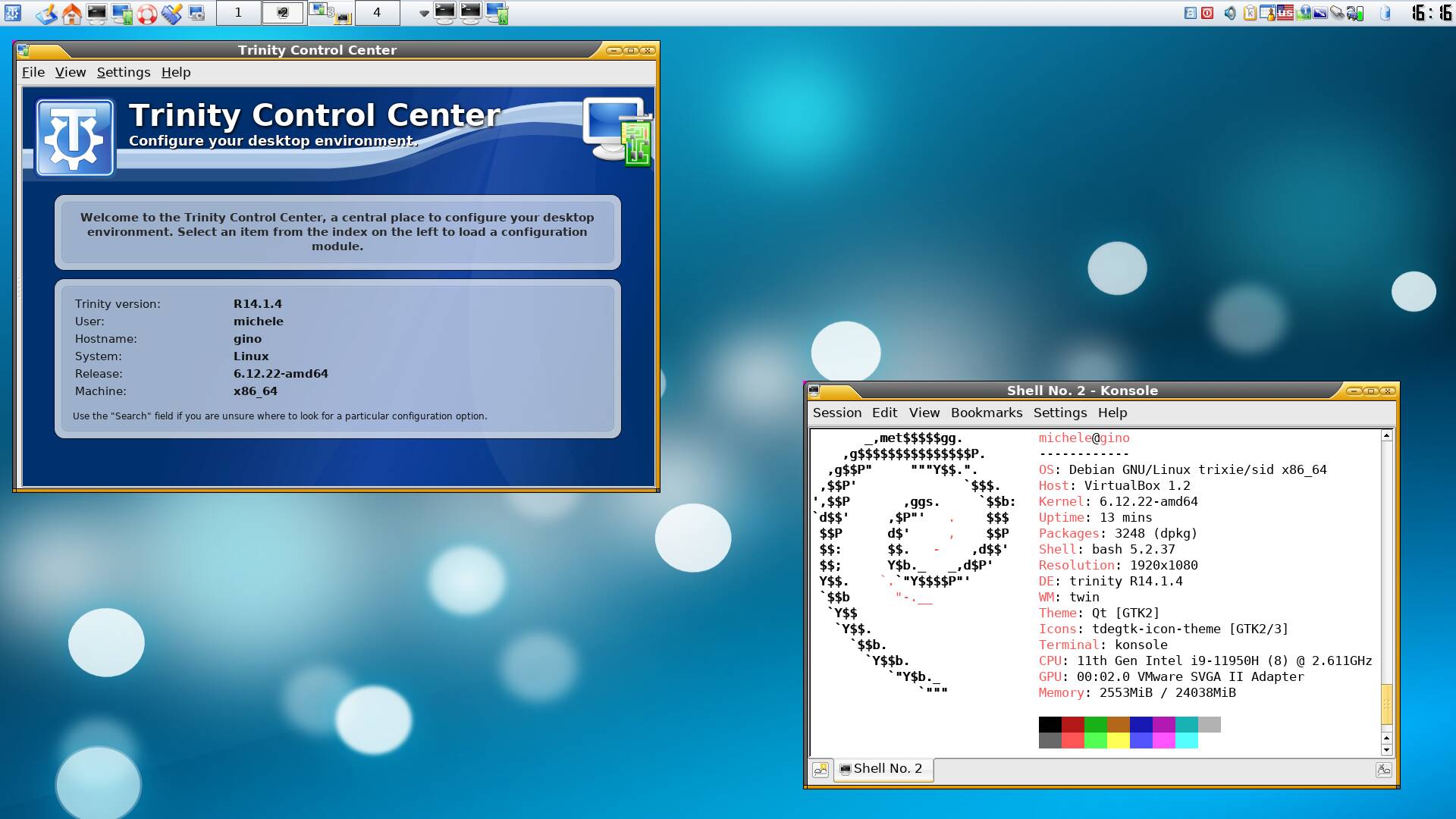3.2.1 The Basic Definition of Security (EAV-Security)
EAV is a passive adversary model in cryptography that can only eavesdrop on transmitted messages, but cannot modify them or influence the exchange process. Формула Эйлера: $$ e^{i\pi} + 1 = 0 $$ Формула Эйлера: $$e^{i\pi} + 1 = 0$$ In the context of EAV cryptography, security means that the ciphertext should not reveal any information about the plaintext, even if an attacker is watching the transmission. EAV (Eavesdropping) in Cryptography EAV is a passive adversary model in cryptography that can only eavesdrop on transmitted messages, but cannot modify them or influence the exchange process. In the context of cryptography, EAV security means that the ciphertext should not disclose any information about the plaintext, even if an attacker is watching the transmission. 1. The formal definition of EAV security Let: ( \Pi = (\text{Gen}, \text{Enc}, \text{Dec}) ) — encryption scheme. ( \mathcal{A}) — an adversary trying to get information about the message. (m_0, m_1) — two messages of the same length. The EAV Experiment (Indistinguishability under EAV attack) Key generation: (k\leftarrow\text{Gen}(1^n)) The opponent selects (m_0, m_1) and sends them to the cryptographer. The cryptographer selects (b\in{0,1}) randomly and returns (c\leftarrow\text{Enc}_k(m_b)). The opponent tries to guess (b') based on (c). The (\Pi) EAV scheme is safe if: [ \Pr[b' = b] \leq \frac{1}{2} + \text{negl}(n) ] where ( \text{negl}(n) ) is a negligible function. Why is ECB not EAV-safe? Repeated blocks give the same ciphertext → information leakage. ✅ Solution: AES in CBC or CTR mode These modes use IV (Initialization Vector), which makes encryption non-deterministic. Conclusion EAV security is the minimum requirement for cipher strength. OTP is ideal theoretically, but impractical. Practical schemes (AES-GCM, ChaCha20-Poly1305) provide EAV security and resistance to stronger attacks (CPA, CCA). Here, we keep the experiment PrivKeav A almost exactly the same (except for some technical di erences discussed below), but introduce two important modi cations in the de nition itself: We now consider only adversaries running in polynomial time, whereas De nition 2.6 considered even adversaries with unbounded running time. Wenowconcede that the adversary might determine the encrypted mes sage with probability negligibly better than 12

- EAV is a passive adversary model in cryptography that can only eavesdrop on transmitted messages, but cannot modify them or influence the exchange process.
Формула Эйлера:
$$
e^{i\pi} + 1 = 0
$$
Формула Эйлера:
$$e^{i\pi} + 1 = 0$$
In the context of EAV cryptography, security means that the ciphertext should not reveal any information about the plaintext, even if an attacker is watching the transmission.
EAV (Eavesdropping) in Cryptography
EAV is a passive adversary model in cryptography that can only eavesdrop on transmitted messages, but cannot modify them or influence the exchange process.
In the context of cryptography, EAV security means that the ciphertext should not disclose any information about the plaintext, even if an attacker is watching the transmission.
1. The formal definition of EAV security
Let:
- ( \Pi = (\text{Gen}, \text{Enc}, \text{Dec}) ) — encryption scheme.
- ( \mathcal{A}) — an adversary trying to get information about the message.
- (m_0, m_1) — two messages of the same length.
The EAV Experiment (Indistinguishability under EAV attack)
- Key generation: (k\leftarrow\text{Gen}(1^n))
- The opponent selects (m_0, m_1) and sends them to the cryptographer.
- The cryptographer selects (b\in{0,1}) randomly and returns (c\leftarrow\text{Enc}_k(m_b)).
- The opponent tries to guess (b') based on (c).
The (\Pi) EAV scheme is safe if:
[
\Pr[b' = b] \leq \frac{1}{2} + \text{negl}(n)
]
where ( \text{negl}(n) ) is a negligible function.
Why is ECB not EAV-safe?
Repeated blocks give the same ciphertext → information leakage.
✅ Solution: AES in CBC or CTR mode
These modes use IV (Initialization Vector), which makes encryption non-deterministic.
Conclusion
- EAV security is the minimum requirement for cipher strength.
- OTP is ideal theoretically, but impractical.
- Practical schemes (AES-GCM, ChaCha20-Poly1305) provide EAV security and resistance to stronger attacks (CPA, CCA).
Here, we keep the experiment PrivKeav
A almost exactly the same (except
for some technical di erences discussed below), but introduce two important
modi cations in the de nition itself:
- We now consider only adversaries running in polynomial time, whereas De nition 2.6 considered even adversaries with unbounded running time.
- Wenowconcede that the adversary might determine the encrypted mes sage with probability negligibly better than 12





























![[Free Webinar] Guide to Securing Your Entire Identity Lifecycle Against AI-Powered Threats](https://blogger.googleusercontent.com/img/b/R29vZ2xl/AVvXsEjqbZf4bsDp6ei3fmQ8swm7GB5XoRrhZSFE7ZNhRLFO49KlmdgpIDCZWMSv7rydpEShIrNb9crnH5p6mFZbURzO5HC9I4RlzJazBBw5aHOTmI38sqiZIWPldRqut4bTgegipjOk5VgktVOwCKF_ncLeBX-pMTO_GMVMfbzZbf8eAj21V04y_NiOaSApGkM/s1600/webinar-play.jpg?#)






































































































































![[The AI Show Episode 145]: OpenAI Releases o3 and o4-mini, AI Is Causing “Quiet Layoffs,” Executive Order on Youth AI Education & GPT-4o’s Controversial Update](https://www.marketingaiinstitute.com/hubfs/ep%20145%20cover.png)














































































































![Deploy Permit.IO PDP To Heroku Under 5 Mins! [Video Included]](https://media2.dev.to/dynamic/image/width%3D1000,height%3D500,fit%3Dcover,gravity%3Dauto,format%3Dauto/https:%2F%2Fdev-to-uploads.s3.amazonaws.com%2Fuploads%2Farticles%2Fnvzjvexnrqwvqo4ml9rl.png)



























































































































































































































































![Google Home app fixes bug that repeatedly asked to ‘Set up Nest Cam features’ for Nest Hub Max [U]](https://i0.wp.com/9to5google.com/wp-content/uploads/sites/4/2022/08/youtube-premium-music-nest-hub-max.jpg?resize=1200%2C628&quality=82&strip=all&ssl=1)


























































![Epic Games Wins Major Victory as Apple is Ordered to Comply With App Store Anti-Steering Injunction [Updated]](https://images.macrumors.com/t/Z4nU2dRocDnr4NPvf-sGNedmPGA=/2250x/article-new/2022/01/iOS-App-Store-General-Feature-JoeBlue.jpg)



























































